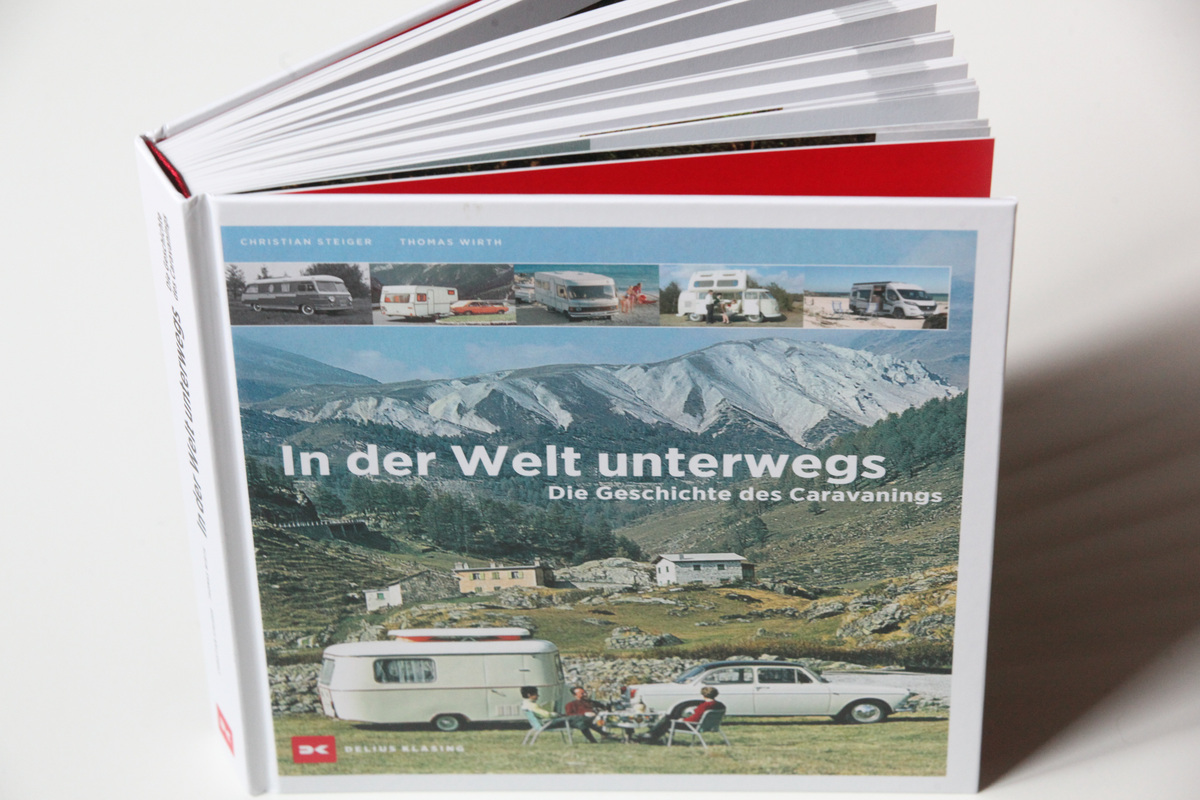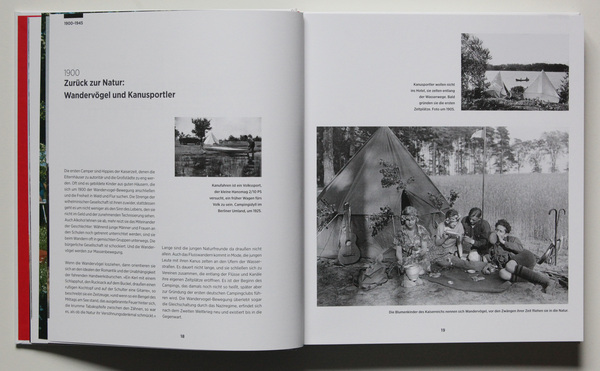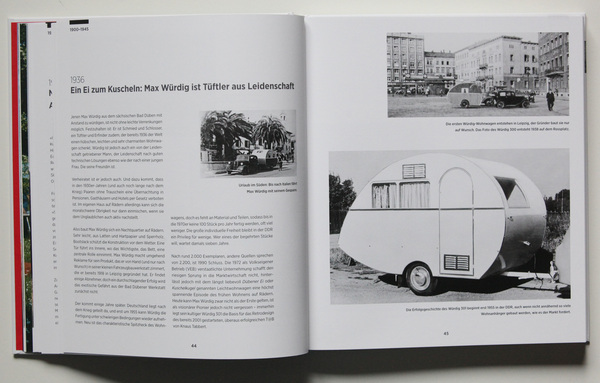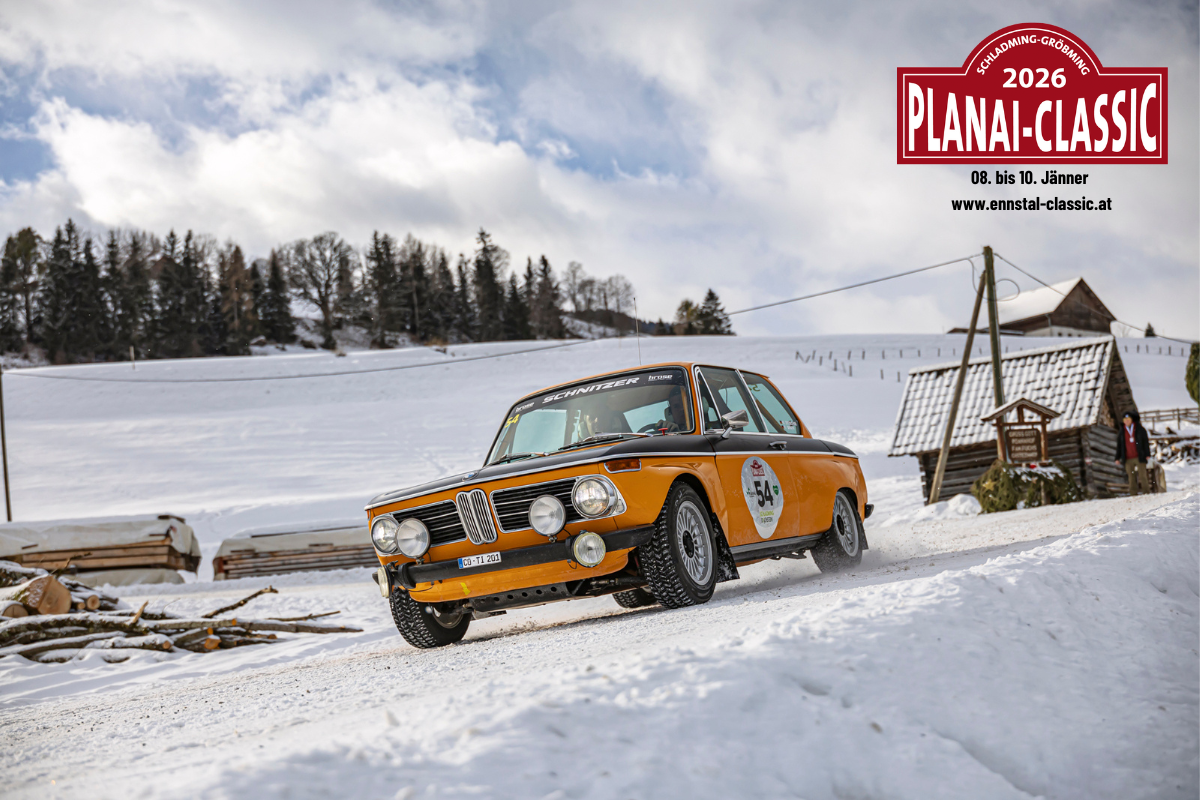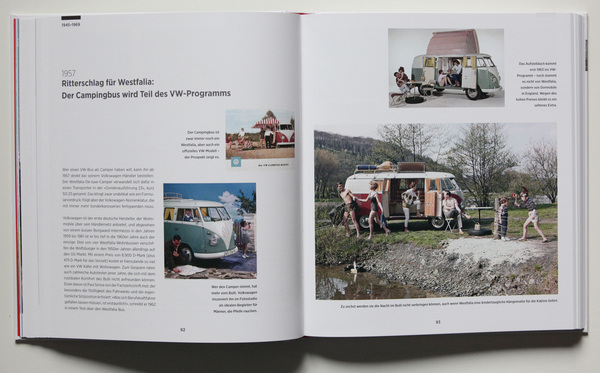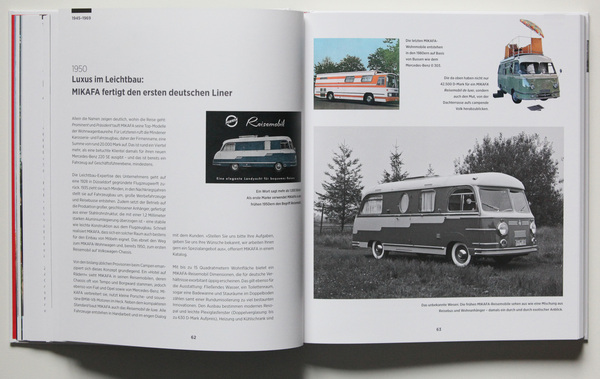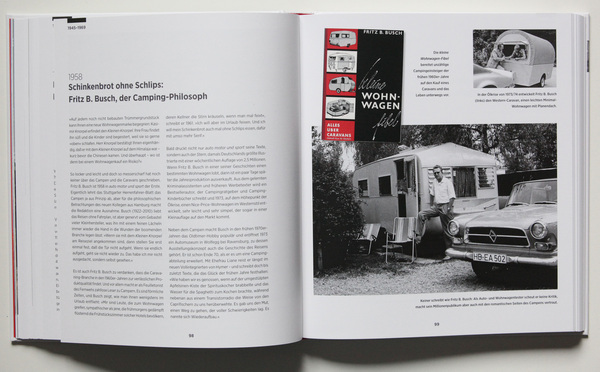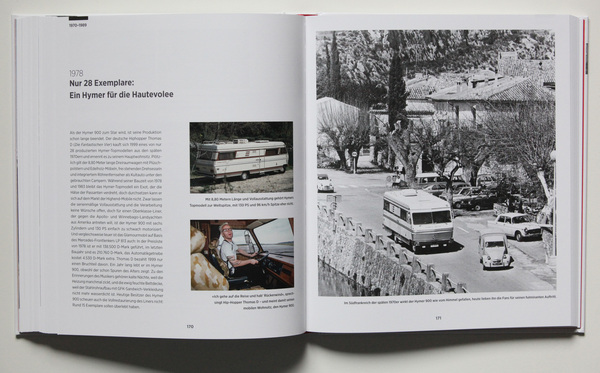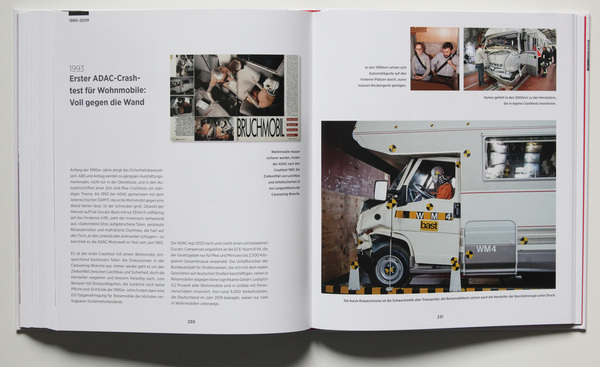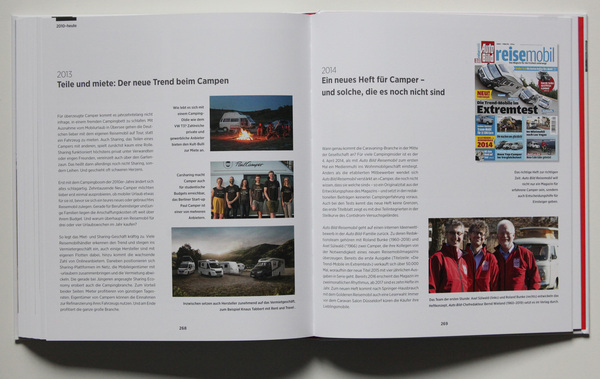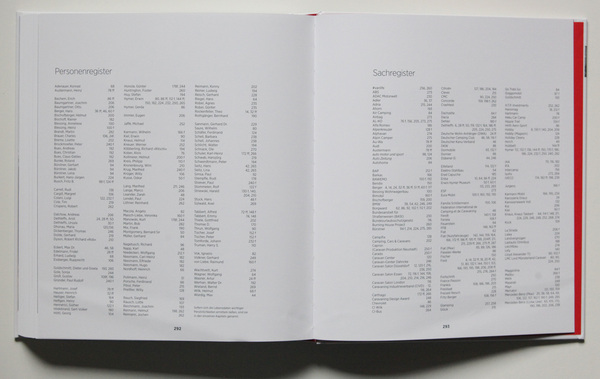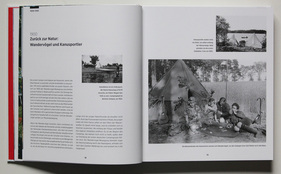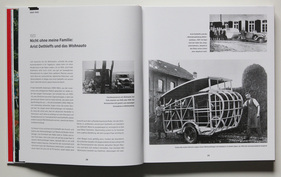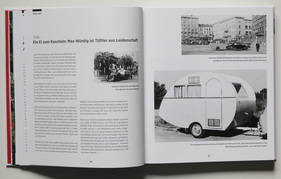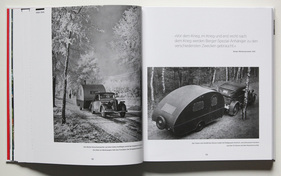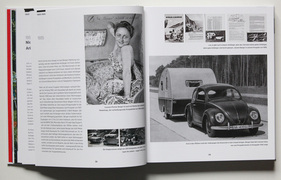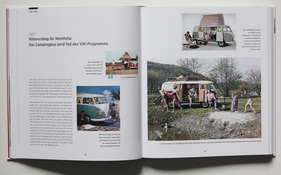A book about the "History of Caravanning" fits perfectly into the current times like hardly any other caravan book. After all, the pandemic has brought a huge boom to the caravan and motorhome industry. With hotels closed and travel restrictions in place, traveling with your own four walls in tow suddenly became extremely attractive again in 2020.
There are plenty of books about the world of caravanning, but Thomas Wirth and Christian Steiger describe in detail how caravan and motorhome technology has developed in their new book "Out and about in the world - the history of caravanning". This is not only educational, but also quite entertaining, even if you personally have little to do with this idiosyncratic form of travel.
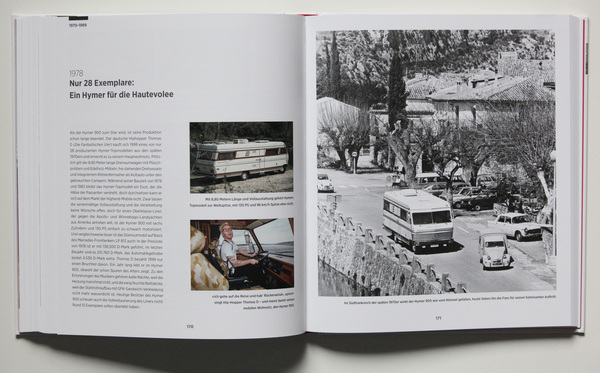
And interestingly, the two authors are not children of the caravan movement of the sixties, but only came into contact with caravanning late in their careers. However, this is not due to a lack of expertise; the two of them have worked hard and researched in many archives in order to carry out coherent genealogical research.
Along the timeline
The authors have decided to tell the story of caravans and motorhomes along the timeline and so it begins in the first decades of the 20th century, when hikers were still traveling with tents and a canoe, as long as these utensils could also fit in a Hanomag 2/10 hp or a Ford Model T. The first motorhomes were already around in the 1920s, as were caravans. It was a time of individualists and craftsmen, until the first industrialists and pioneers such as Artur Wasner began to take an interest in the subject.

Year after year, the innovations, which soon appeared in quick succession, were introduced by Steiger and Wirth. In the 1930s, however, caravan travelers were still individualists and pioneers, with daily newspapers and magazines reporting on their adventures.
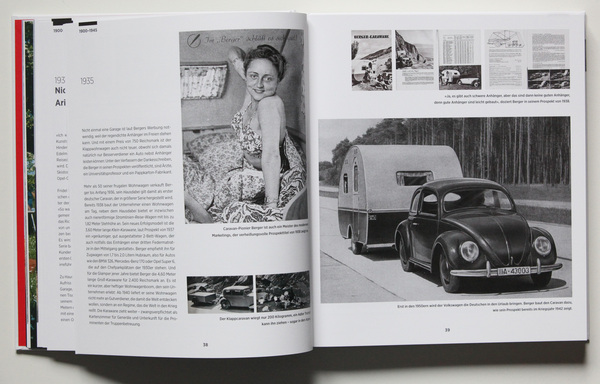
In the post-war years, camping also became part of the economic miracle. Isetta or Beetle now pull a Piccolo caravan or a Berger model. People traveled to Italy or France and took their homes with them. And if you had a lot of money, you could buy the first commercially available motorhomes, e.g. a Mikafa.
Caravans became increasingly luxurious, towing vehicles more powerful and elegant. And Volkswagen made an important contribution with the Bulli, which is still appreciated today.
The book also introduces alternatives to motorhomes and caravans, such as the roof tent, the camping trailer or the hotel on wheels. Even magazines that are printed in large print runs, such as "Quick", have the caravan on the cover.
In the 1960s, large trade fairs introduced the public to the topic of camping, and caravans were no longer an exotic sight on local roads.

In the seventies and eighties, caravans continued to grow in size, some of them looking like vehicles from another planet. And they even offer garage space inside for a small or larger car.
It is not until page 222, a good two thirds of the way through the book, that we arrive in the 1990s, the VW bus is now a T4 and camper vans are crash-tested.
And so it continues into the modern era, as "glamping" is invented as a particularly glamorous form of camping that even hipsters can get excited about.
Steiger and Wirth are unlikely to have missed a major caravan model or an important development, at least as far as German achievements are concerned. However, those who prefer to see American camping excesses will have to look for another book.
Great pictures
In addition to the well-researched texts, it is also the carefully selected pictures that make the book a real pleasure to read. Whether it's photos from the sales literature of the time, advertising subjects, factory illustrations or snapshots from the period, the pictures show the development of traveling on wheels over more than a century and are also a character portrayal of the ever-changing Germany.
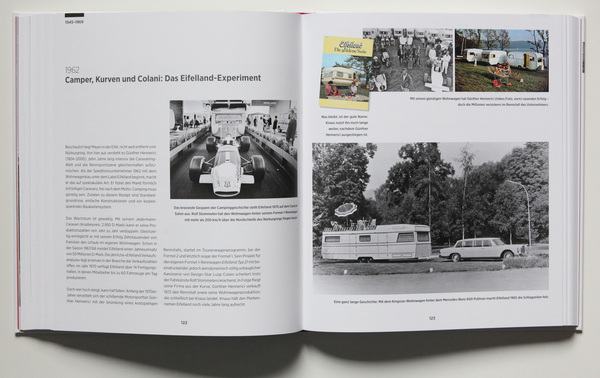
Many of the photos are a pleasure to look at and the details in the background, such as the men assembling a "hobby" caravan. But the Eifelland king-size caravan with sunshade on the upper deck and a Mercedes-Benz 600 as towing vehicle is also a feast for the eyes.
Lots of "fun facts"
If you work your way through the book, you will come across many interesting stories that are also suitable for conversation at the next cocktail party. For example, Hans Stuck was one of the first racing drivers to spend the night at the racetrack in a caravan (Westfalia Landstreicher type) back in the 1930s.
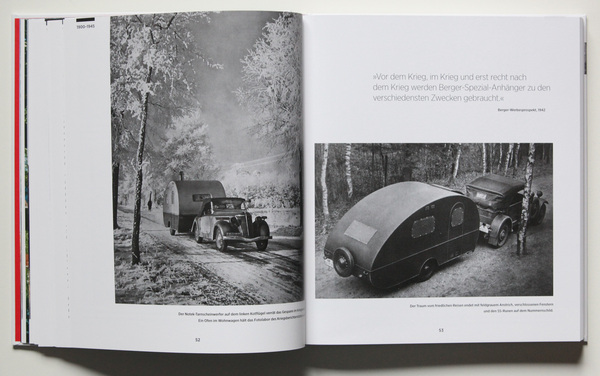
Reporters during the Second World War took the caravan to the front as a "picture car", painted matt black and with locked windows.
The "German Camping Club" (DCC) was founded in 1948.
And in 1962, Rolf Stommelen races around the Nürburgring Nordschleife at a whopping 200 km/h in a caravan behind the Formula 1 racing car. In the 1960s, designer Colani tries to give the camping utensils a more aerodynamic shape.
In 1998, in a large-scale test, a speed limit of 100 km/h was initially approved for caravans, so now you can also reach your destination (slightly) faster with a caravan and at the same time reduce traffic on the highway.
Rounded off
Special mention should be made of the fact that Wirth and Steiger have not neglected to compile both a personal and a subject index.

Without these three valuable pages, the work would be much more cumbersome to use. This way, however, you can search specifically for caravan manufacturers such as Fendt or Tabbert and for pioneers and promoters of caravanning such as Fritz B. Busch or Rolf Stommelen.
You don't have to be a caravan fan or have a motorhome in your garage to enjoy this almost 300-page book. At EUR 39.90, the large-format work is affordable enough not to stand in the way of a purchase and many an entertaining hour.
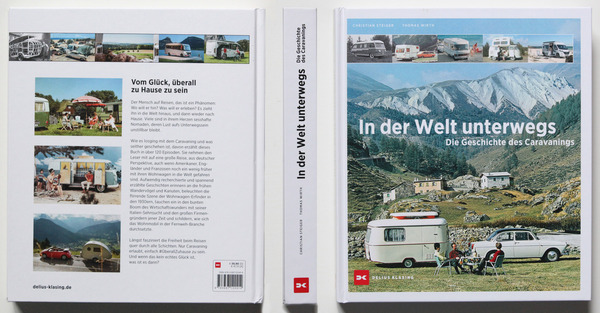
Bibliographical information
- Title: On the road in the world - the history of caravanning
- Authors: Christian Steiger / Thomas Wirth
- Language: German
- Publisher: Delius Klasing
- Edition: 1st edition, September 2021
- Format: Hardcover, 23.7 x 27.2 cm
- Scope: 296 pages, 528 photos and illustrations
- ISBN number: 978-3-667-12241-4
- Price: EUR 39.90
- Buy/order: Online at amazon.de, online at the publisher Delius Klasing or in well-assorted bookstores
